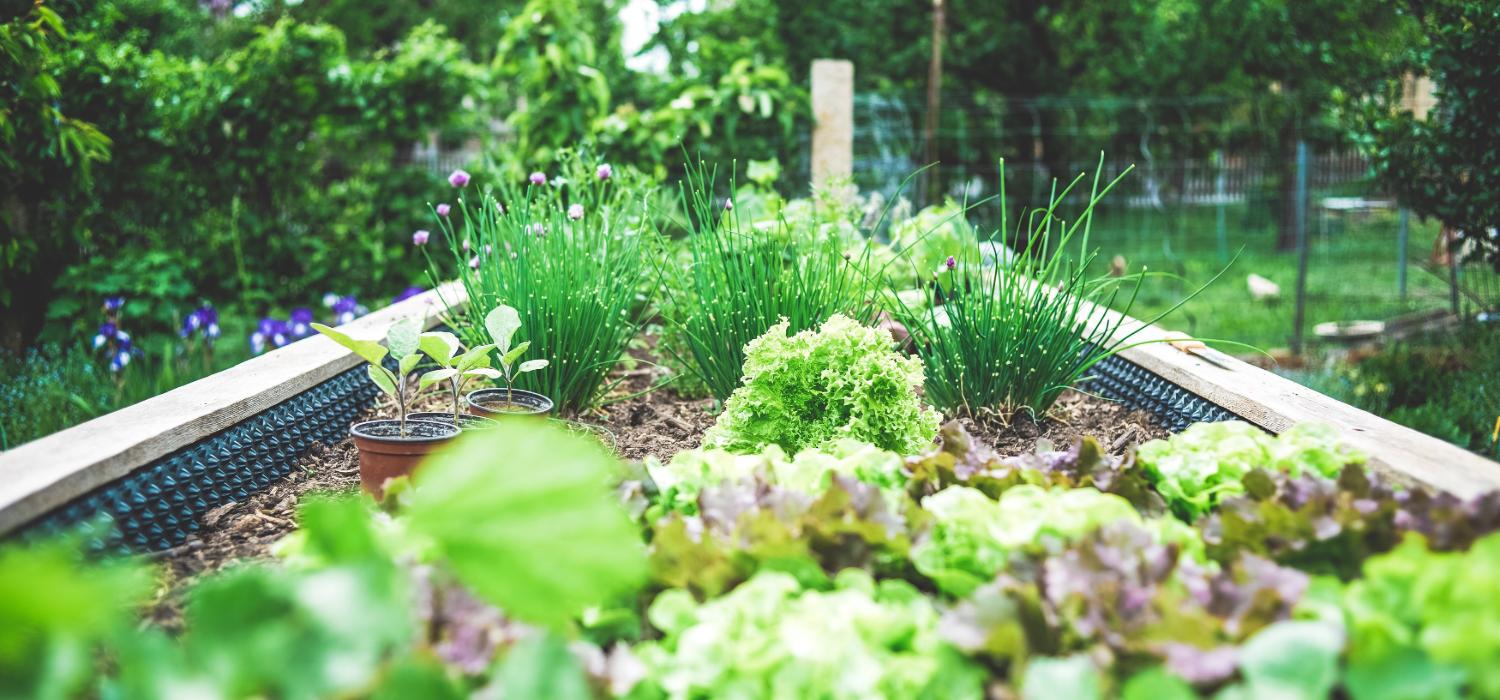

- #Texas winter landscape plants Patch#
- #Texas winter landscape plants full#
- #Texas winter landscape plants plus#
- #Texas winter landscape plants free#
#Texas winter landscape plants full#
It’s great in full or part sun, with deep green foliage all summer that shades to purple-maroon for the winter. As Asian jasmine has faced repeated diebacks to hard freezes across much of North Texas, purple wintercreeper has taken over the position of prominence in groundcovers. Some types even top themselves with clusters of showy berries. They’re green all summer, shifting to deep purple, reds, oranges, even yellows in winter. Depending on the variety they may grow to be 18 to 48 inches tall, making them suitable as a tall groundcover or a low or mid-sized landscaping shrub. We switch to plants we grow for showy mid-winter foliage. Grow Hellebores in highly organic soil, notably right alongside hostas, ferns, violets, oxalis and other shade-loving plants. The flowers have typically hung downward, but breeders have been busy producing blooms with brighter colors and upright-facing habits. They’re perennials with attractive foliage and showy flowers that often appear soon after Christmas and definitely by Lent, hence the names. These are Hellebores, and they’re the hot commodities right now. If it begins to get leggy, cut the tallest canes back dramatically and let them regrow from their bases. This plant grows to 3 to 4 feet tall and 3 feet wide, and it makes a dramatic statement in shade or morning sun. Birds love the berries as they ripen in spring. Its foliage is a lovely blue-green 12 months a year, but in the winter the plants are topped by rich yellow flower clusters that give way to grape-like hands of pea-sized, steel-blue berries. Plant them in large beds filled with mixes of sphagnum peat moss and finely ground pine bark mulch 18 inches deep. They get their blooming done before the bulk of the really cold weather. Sansanquas also bloom earlier in the winter, so there’s less chance of water getting caught between their petals, then subsequently freezing and rupturing the petals.

They’re more winter-hardy than varieties of C. But that’s why we plant selections of Camellia sasanqua.
#Texas winter landscape plants plus#
Our soils and irrigation water are highly alkaline, and that makes them pout, plus our winters are cold. We’re not exactly in camellia country here in Tarrant County and its environs. This is a showy perennial that sadly isn’t used often enough in any of its forms. Striking variegated selections are also sold. Bees and butterflies love the blooms if conditions are warm enough to encourage their activity. It produces strong spikes of bright yellow blooms during the winter each year. It’s a giant-leafed perennial that combines well in shade with hostas, ferns and other plants that prefer highly organic, consistently moist conditions. Old-timers knew it as Ligularia, but it’s been reclassified into genus Farfugium. French drains and gutters are a great winter project.▪ Leopard plant. Top 5 Things You Can/Should Do Over the Winter Watch and address the water patterns.Īddress your drainage issues and be sure to keep the runoff going in the same direction as the existing grade. Lastly, the seedpods left behind on dried winter plants feed birds and wildlife who provide a show in return. Look for uninvited plants and trees over the winter that should be removed before the next growth period.
#Texas winter landscape plants free#
Educate yourself on the weeds you see and use the free phone apps to learn the good guys from the bad ones.
#Texas winter landscape plants Patch#
You can faintly see the seed head on this small patch and it becomes a monster quickly.

Over the winter months, this brown cover protects your replant roots until warmer weather, so leave them be.ĭon’t remove winter protection too soon because lizards, bees, bug and insect eggs are holding over here and the debris protects the roots of the plants in heavy freeze.Ībove, the green patch in the lawn is POA weed and needs to be removed as it appears. Once you see the telltale signs of your re-emerging babies in early spring, cut back the brown and throw it in your composter or compost bags that are picked up by the City of Austin. Keep heading up the stem until you see yellow or brown and cut back at that level after the last frost.

Scratch the surface of your woody plants to test for life. Wait until after the last frost then check for green before you trim. Wait Until Spring to Cut Back Your Plants Unless you have hard, Live Oak leaves which take forever to break down, you should leave most of the dried leaves in your beds and simply mulch over them making sure to expose tree and plant roots from suffocation. Here are my top 5 reasons to let your plants relax over the winter and you could chill too. Most people who garden for passion or exercise are always looking for a winter project, but whether you’re an average gardener or a nut job like me who can’t wait until spring, your plants will benefit from you being on pause.


 0 kommentar(er)
0 kommentar(er)
